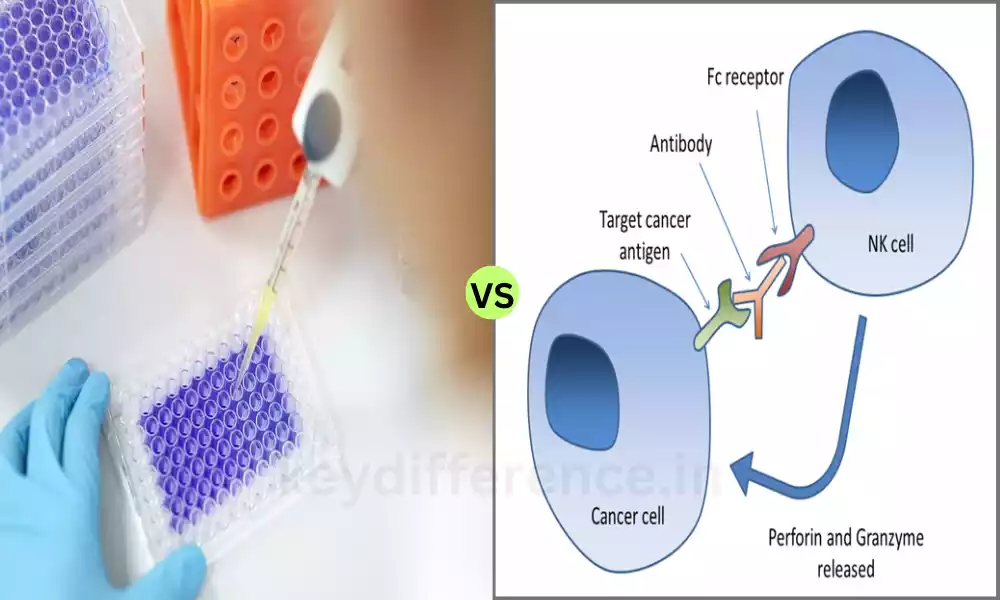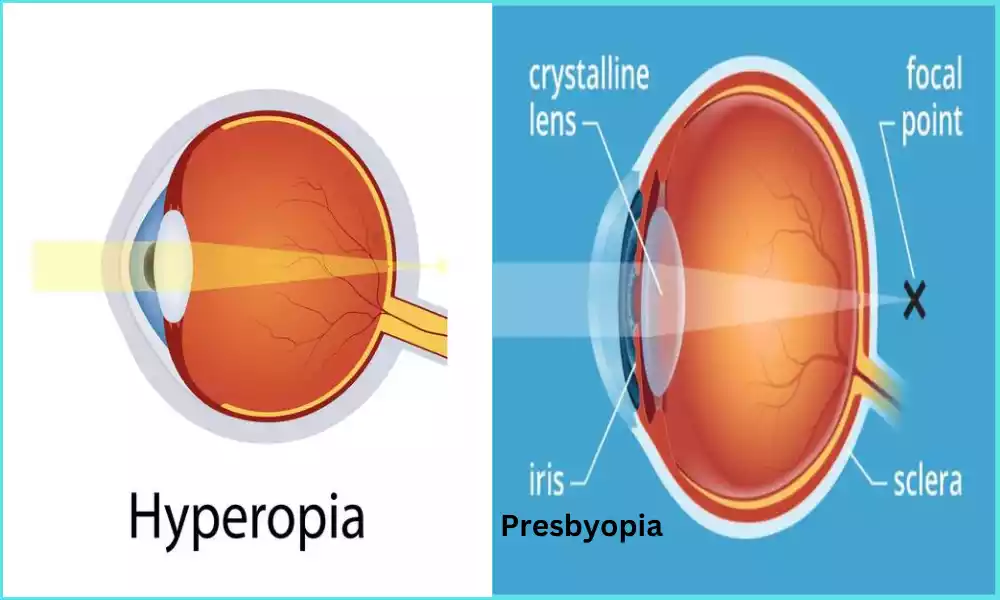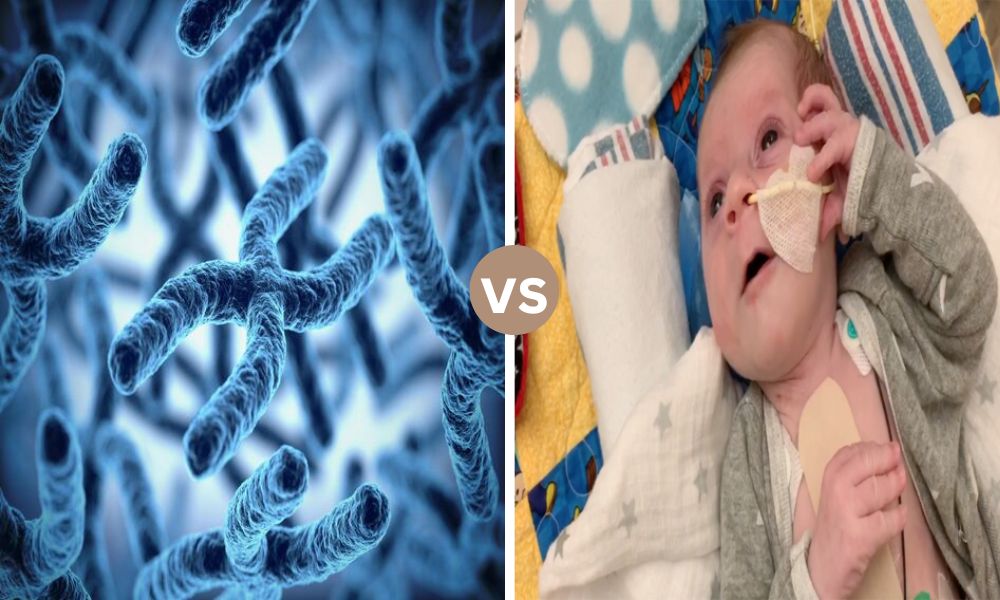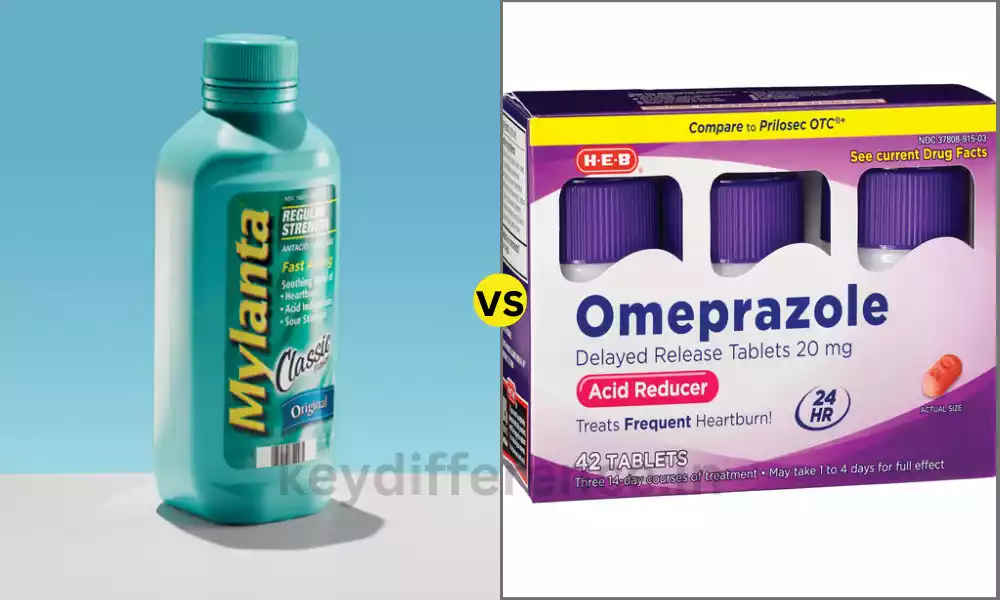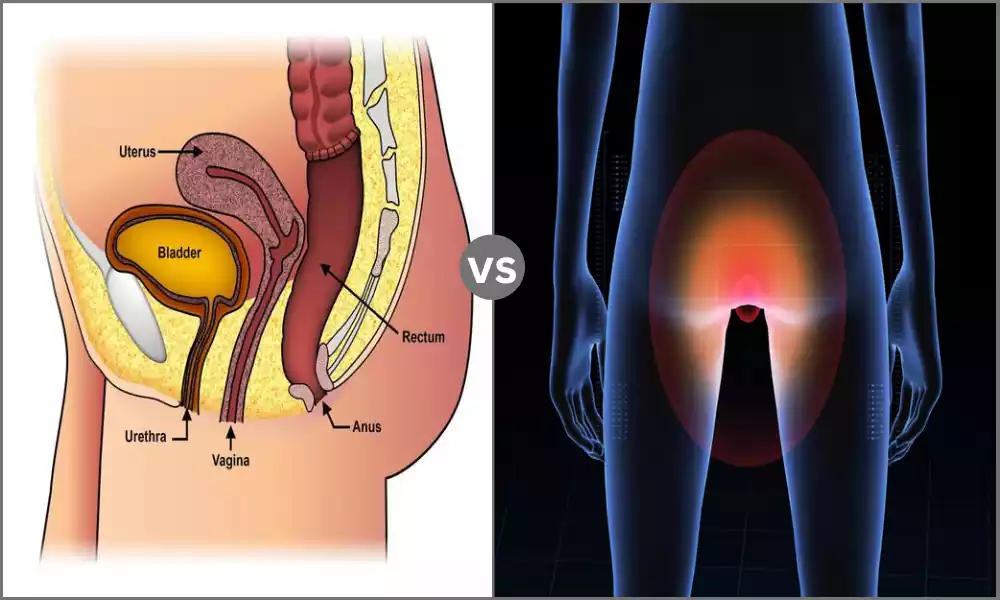Cytotoxicity, as well as antiproliferative activity, are two key concepts that are essential to understanding the fields of pharmacology, cell biology, and medicine. Cytotoxicity and Antiproliferative Activity are concerned with the effect of different compounds on cell behavior however, they differ in their mechanism of action and clinical applications.
Understanding the distinction between cytotoxicity, which is a process that involves the killing of cells, and antiproliferative action which focuses on the repression of the growth of cells, is vital for clinicians and researchers working in the field of drug development and treatment.
We explore the fundamental elements of the two concepts by providing their definitions, their mechanisms evaluation methods, and their clinical significance in addition to analyzing the similarities between them and their potential consequences within these fields.
What is Cytotoxicity?
Cytotoxicity refers to the characteristic or ability of a substance to cause harm or toxic to living cells. It refers to the capability of a substance or agent to cause harm or death of cells, typically through a variety of mechanisms, like direct killing of cells, apoptosis, and other death pathways for cells.
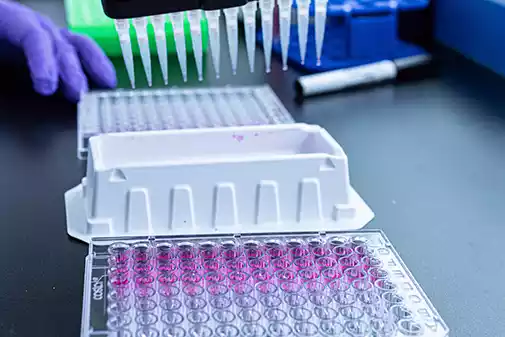
Cytotoxicity is often examined in medical and research contexts to evaluate the impact of a substance’s effects on cell viability. This is especially relevant in fields such as oncology, where cytotoxic therapies are used to kill selectively cancerous cells.
Cytotoxicity is typically assessed through in vitro tests to determine the degree of cell damage or death caused by the chemical in question.
What is Antiproliferative Activity?
Antiproliferative properties refer to the ability of a treatment or substance to stop or slow the division and growth of cells, usually without causing immediate death of cells.
The inhibition is achieved by a variety of mechanisms that include blocking the cell cycle and preventing DNA replication or regulating the cell signaling pathway.
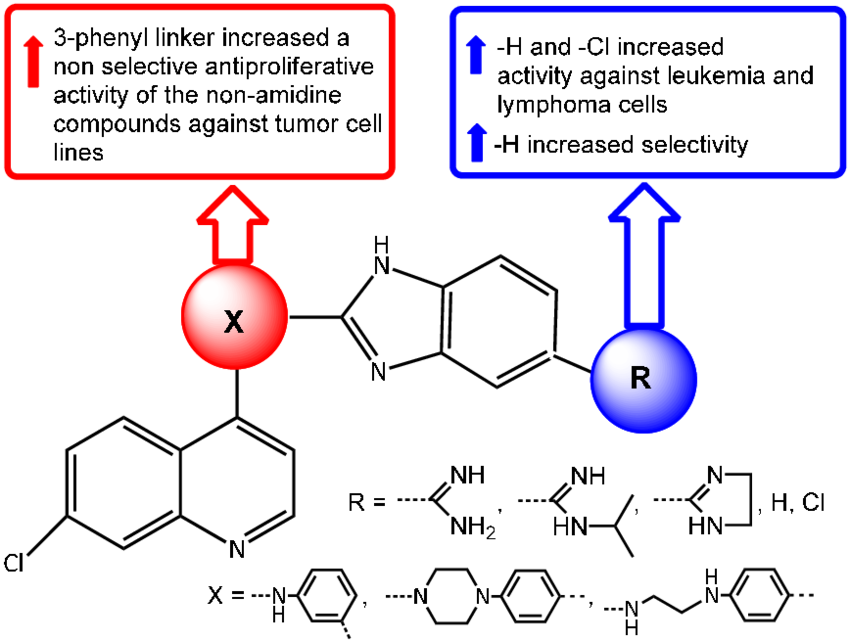
Antiproliferative action is a crucial concept when it comes to controlling abnormal or excessive cell proliferation that is frequently connected with cancer and autoimmune disorders.
In clinical and research applications the measurement of antiproliferative activities involves determining the degree to which a substance hinders cell growth, division, or replication, but not necessarily triggering cell death.
This is particularly important when developing treatments to limit the uncontrolled expansion of certain cell populations in the body.
Importance of understanding the differences
Understanding the distinctions between cytotoxicity and antiproliferative action is essential for a variety of fields, including pharmacology cell biology, and medicine.
Here are a few reasons to be aware of these distinctions:
- Affordable Drug Development: Understanding whether or not a drug or compound has the ability to cause cytotoxic or antiproliferative reactions is crucial in the development of drugs. Based on the illness or condition the researchers must design medications that kill particular cell types (cytotoxic) or hinder its growth (antiproliferative).
- Minimizing Harmful Unintentional: When it comes to medical treatments, specifically for cancer therapy, understanding the differences can aid in limiting harm to healthy cells. Cytotoxicity in cancer cells must be judicious to avoid injury to normal tissues.
- Treatment Tailoring: Different illnesses require different treatment strategies. Understanding these differences lets healthcare professionals customize treatment strategies to meet the unique requirements of their patients, increasing the likelihood of achieving successful outcomes.
- Researchers and Experiment Design: Researchers need to select the appropriate tests and methods to test the effects of compounds in a precise manner. The understanding of cytotoxicity as well as antiproliferative activities aids in selecting the appropriate experimental model and endpoints.
- Safety assessments: When developing consumer goods, drugs, and chemical products, evaluating the risk of harm they might do to the cells in our bodies is vital. This information is utilized in safety evaluations as well as regulatory compliance.
- Avoiding unneeded costs: In drug development following the wrong route (cytotoxic when antiproliferative is required or in reverse) could be costly and cause the demise of promising drugs. Knowing the distinctions will save time and money.
- Patient Well-being: If cytotoxic treatment is not needed, opting for antiproliferative strategies can enhance the quality of life of patients by decreasing the adverse negative effects that are associated with the destruction of cells.
- future Therapeutic Innovative Technologies: A deeper understanding of the mechanisms behind cytotoxicity and antiproliferative effects can result in the development of targeted and effective treatments that produce fewer adverse side effects, which contributes to advances in medical research.
- Precision Medicine: The field of precision medicine is designed to offer individualized treatments to individuals that are based on their particular characteristic genetics and cellular features. Understanding the different aspects of cell behavior is essential for achieving the goals that precision medicine aims to achieve.
Understanding the differences between cytotoxicity and antiproliferative activities is crucial to optimizing medical treatment such as drug development, and research methods. It allows for more efficient and safe treatments contributes to the advancement of science and ultimately enhances the patient’s wellbeing.
Comparison Table of Cytotoxicity and Antiproliferative Activity
Here’s a comparison table highlighting the key differences between cytotoxicity and antiproliferative activity:
| Aspect | Cytotoxicity | Antiproliferative Activity |
|---|---|---|
| Definition | Induction of cell death or damage | Inhibition of cell growth and division |
| Mechanisms | Direct cell killing, apoptosis, etc. | Inhibition of cell division or growth |
| Immediate Cell Fate | Cell death | Inhibition of cell division |
| Assay Methods | MTT assay, LDH release assay, etc. | BrdU incorporation assay, cell cycle analysis, etc. |
| Clinical Applications | Often used in cancer treatment | Used in controlling cell proliferation in non-cancer conditions and autoimmune diseases |
| Target Cells | Typically involves selective targeting of specific cells (e.g., cancer cells) | Aims to inhibit the growth of various cell types, including both healthy and diseased cells |
| Treatment Goals | Eliminate or reduce the number of specific cells | Slow down or control the excessive growth of cells |
| Examples | Chemotherapy agents that kill cancer cells | Drugs that regulate the cell cycle to manage autoimmune diseases |
| Side Effects | May cause harm to healthy cells | Less likely to cause harm to healthy cells compared to cytotoxic treatments |
| Long-term Effects | May result in tissue damage and impact on overall health | Focuses on controlling cell proliferation without causing significant tissue damage |
| Pharmaceutical Development | Used for developing cytotoxic drugs | Used for developing drugs for non-cancer diseases or therapies with antiproliferative goals |
Understanding these differences is critical for the effective development of treatments, both in terms of choosing the right therapeutic approach and minimizing potential harm to healthy cells.
Methods for assessing cytotoxicity
There are many methods of testing cytotoxicity, which is the capacity of the substance to cause harm or harm in living cells. These methods are vital in a variety of fields, such as toxicology, pharmacology, in medical and scientific research.
Here are some of the most commonly employed methods to evaluate cytotoxicity:
- MTT Assay (3-(4,5-dimethylthiazol-2-yl)-2,5-diphenyltetrazolium bromide assay):
- Principle: The principle is to measure how to decrease MTT which is a yellow tetrazolium salt. It is mediated by mitochondrial enzymes within living cells to create the crystals of formazan in purple.
- The result: Greater production of formazan is a sign of higher cell viability.
- Application: It is widely used to determine the viability of cells as well as the cytotoxicity.
- LDH Release Assay (Lactate Dehydrogenase Assay):
- Principle: Observe how lactate dehydrogenase is released (LDH) in the medium for cell culture following damaged membranes.
- Results: Higher LDH levels indicate the cell is damaged and may cause the possibility of cytotoxicity.
- Application: It detects membrane integrity as well as cell death.
- Trypan Blue Exclusion Assay:
- Principle: The principle is that of dye exclusion. It’s a technique that allows viable cells to exclude trypan blue while non-viable cells consume the dye.
- Results: Blue-stained cells are not viable, while cells without a stain are viable.
- Application: A quick and easy method to determine the viability of cells.
- Annexin V/PI Staining:
- Principle: The principle is to use annexin V to identify early apoptotic cells and propidium Iodide (PI) to determine necrotic cells.
- Outcome: Differentiates between apoptotic, viable, and necrotic cells.
- Application: It is especially useful in analyzing cell death mechanisms and apoptosis.
- Crystal Violet Assay:
- Principle: Principle Cells are stained by crystal violet. The dye is removed to determine the density of cells.
- Outcome: End-Result What is the outcome? the amount of color removed is related to cell viability and density.
- Application: A simple and economical method to test the viability of cells.
- Flow Cytometry:
- Principle: Employs fluorescent markers to evaluate specific cells according to their characteristics, such as viability.
- Results: Provides a thorough analysis of the cell population and is able to detect apoptotic necrotic and viable cells.
- Application: Suitable for more extensive cytotoxicity assessment and research on particular cells.
- Caspase Activity Assays:
- Principle: Measures the activities of specific caspases. These are apoptosis-related proteases.
- Results: An increase in caspase activity is a sign of the death of apoptotic cells.
- Application: Used to assess the mechanism behind apoptosis that causes cell toxicity.
- High-Content Screening (HCS):
- Principle: Combining the automated microscopy process with image analysis to determine the cytotoxicity of various parameters.
- Results: Provides comprehensive details on cellular morphology viability, morphology, along with other aspects.
- Application: It is suitable for high-throughput screening in toxicology and drug discovery studies.
- MTS/PMS Assay (3-(4,5-dimethylthiazol-2-yl)-5-(3-carboxymethoxyphenyl)-2-(4-sulfophenyl)-2H-tetrazolium assay):
- Principle: Measures the decrease of MTS through viable cells, resulting in an achromatized formazan product.
- Results: Formazan production is directly related to cell viability.
- Application: A possible alternative to the MTT test with the advantage of being water-soluble.
The selection of a cytotoxicity test is based on the particular requirements of the study as well as the type of cell being examined, as well as the desired degree of sensitivity and specificity. Researchers usually employ a combination of these techniques to make a thorough evaluation of the cytotoxicity.
Mechanisms of antiproliferative activity
Antiproliferative activity refers to the ability of a substance or treatment to stop or limit the division and growth of cells, without necessarily leading to the death of cells immediately. The mechanisms behind antiproliferative activity will differ depending on the particular situation or substance.
Here are some typical mechanisms:
- Cell Cycle Arrest:
- Many antiproliferative medications are effective in disrupting the cell cycle, stopping cells from moving through different stages (G1, S, G2, and M) essential for cell division.
- This is a result of the arrest at certain points, like the G1/S transition or G2/M prevents the cell from further division.
- DNA Damage:
- Certain substances cause damaged DNA within proliferating cells stimulating DNA repair processes, and slowing the cell cycle.
- When the injury is significant the damage could result in cell cycle death or apoptosis.
- Inhibition of DNA Synthesis:
- Certain medications or substances can affect DNA synthesizing (replication) by blocking enzymes that are involved in DNA replication, such as topoisomerases or DNA polymerases.
- Disruption of Mitosis:
- Antiproliferative drugs can interfere with dieosis which can cause mistakes in the segregation of chromosomes or the process known as cytokinesis.
- This may lead to the development of daughter cells that are not viable or the cell cycle being stopped.
- Induction of Senescence:
- Certain substances trigger cellular Senescence, which is an irreparable cell cycle stoppage when exposed to different stresses.
- Senescent cells are unable to divide, and they are eliminated by the immune system.
- Apoptosis Modulation:
- As cytotoxic agents cause Apoptosis (cell death) Certain antiproliferative drugs might regulate apoptosis and control cell numbers.
- They could promote cell survival or trigger apoptosis based on the context of the cell.
- Inhibition of Growth Signaling Pathways:
- Certain compounds inhibit the signaling pathways that encourage cell proliferation and growth.
- Some examples include inhibitions of growth receptors (e.g., EGFR, the HER2) as well as intracellular signals, such as mTOR.
- Anti-angiogenic Effects:
- When it comes to cancer certain antiproliferative medications inhibit angiogenesis, the process of forming new blood vessels that provide nutrients to tumors.
- The tumor is deprived of vital nutrients and oxygen and oxygen, which limits its growth.
- Immune System Activation:
- The antiproliferative strategy relies on activating your immune system to identify and destroy proliferating cells.
- Immunotherapies fall under this category, including immune checkpoint blockers.
- Inhibition of Growth Factors and Hormones:
- Certain treatments for antiproliferative purposes focus on growth hormones and factors that promote cell growth.
- The hormone therapy treatment for cancers that are hormone sensitive is an excellent illustration.
- Epigenetic Modifications:
- Epigenetic drugs may modify the expression of genes and inhibit cell proliferation by changing epigenetic markers on genes.
- DNA Histone deacetylation inhibitors and methylation belong to this class.
The choice of mechanism as well as the method of treatment chosen will depend on the targeted cells and the type of disease or condition being treated, as well as the intended therapeutic outcome.
Antiproliferative strategies are employed for cancer treatment as well as in the management of autoimmune diseases as well as other settings where controlling cell growth is vital.
Similarities Between Cytotoxicity and Antiproliferative Activity
Although cytotoxicity and antiproliferative activities are two distinct concepts, however, they have some similarities especially when it comes to evaluating and understanding the effect of different compounds on the behavior of cells.
There are some commonalities between cytotoxicity and antiproliferative activities:
- Cell-based assays: The cytotoxicity as well as antiproliferative activities are evaluated using in vitro assays based on cells. These tests help scientists determine what substances affect the viability of cells and their functions.
- Utilization for Drug Development: Both concepts are crucial for drug development as well as research into pharmaceuticals. Understanding how drugs affect cells is vital to assess their efficacy and safety.
- Cell viability: The cytotoxicity as well as antiproliferative activity tests involve assessing the viability of cells. Cytotoxicity assesses the degree of cell death. On the other hand, antiproliferative activity evaluates the capacity of a substance to limit or stop cell growth but not necessarily cause cell death.
- Impact on the Disease Treatment: The two concepts can be used for treating different ailments. Although cytotoxicity is commonly employed in the treatment of cancer as well as antiproliferative strategies, they are also employed to manage autoimmune diseases and the prevention of cell proliferation that is excessive in non-cancerous disorders.
- Understanding Cellular Responses: In both instances scientists are trying to figure out the way that cells react to different treatments or substances. This knowledge can provide knowledge about the mechanism of action as well as potential applications for therapeutics.
- Research Objectives: The cytotoxicity as well as the antiproliferative properties are being studied to increase the understanding of science improve treatment strategies and develop new treatments.
- Cellular Health: Both concepts concern the cell’s health and behavior. Although cytotoxicity could cause the death or damage of cells and antiproliferative activities aim to preserve or restore the health of cells and function, both are essential to ensuring the proper function of cells.
- Complexity of Mechanisms: The mechanisms that underlie antiproliferative and cytotoxic activity may be complex and multifaceted dependent on the specific substance and the cellular environment. Researchers are able to study different mechanisms in both areas to reach their objectives.
- Importance to Precision Medicine: Both concepts play a part in precision medical care, in which treatments are tailored to the individual patient according to their specific cellular characteristics. Knowing how certain cells react to treatments is vital to a personalized approach to medicine.
Cytotoxicity and antiproliferative activity have similar themes relating to cell-based experiments, their effects on the viability of cells their importance in the development of drugs, and the relevance of these tests in relation to diverse illnesses.
While they have different objectives and methods they share a lot in common. This underscores the importance of research as well as healthcare and advancements in therapeutics.
Conclusion
knowing the difference between antiproliferative and cytotoxicity is crucial for a variety of scientific medical, pharmaceutical, and other research. While cytotoxicity causes cell death and is commonly utilized in the treatment of cancer the antiproliferative action focuses on preventing the growth of cells and plays an important part in preventing autoimmune diseases and regulating cell proliferation.
These concepts are similar in the use of cell-based tests and their importance in the development of drugs and the viability of cells, as well as their contribution to improving the field of science and healthcare. The clarity of these distinctions allows more precise and efficient strategies for research using cells and therapies, ultimately benefiting patients and driving innovation in medical research.

